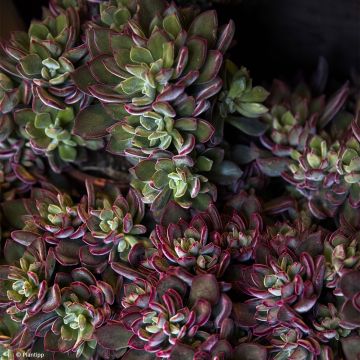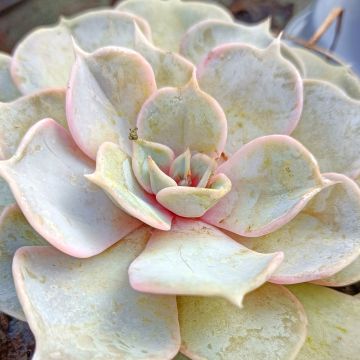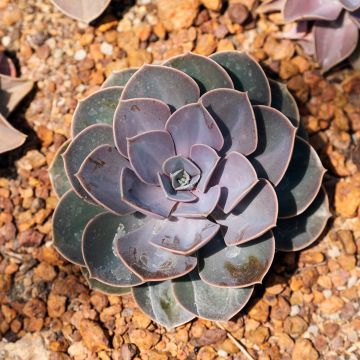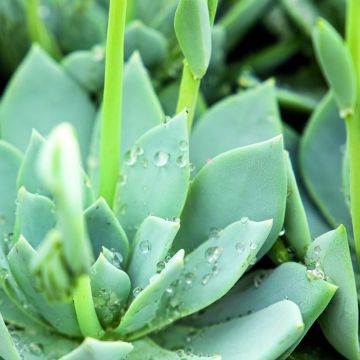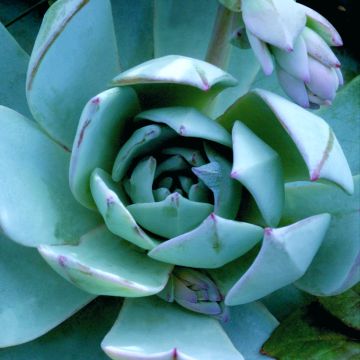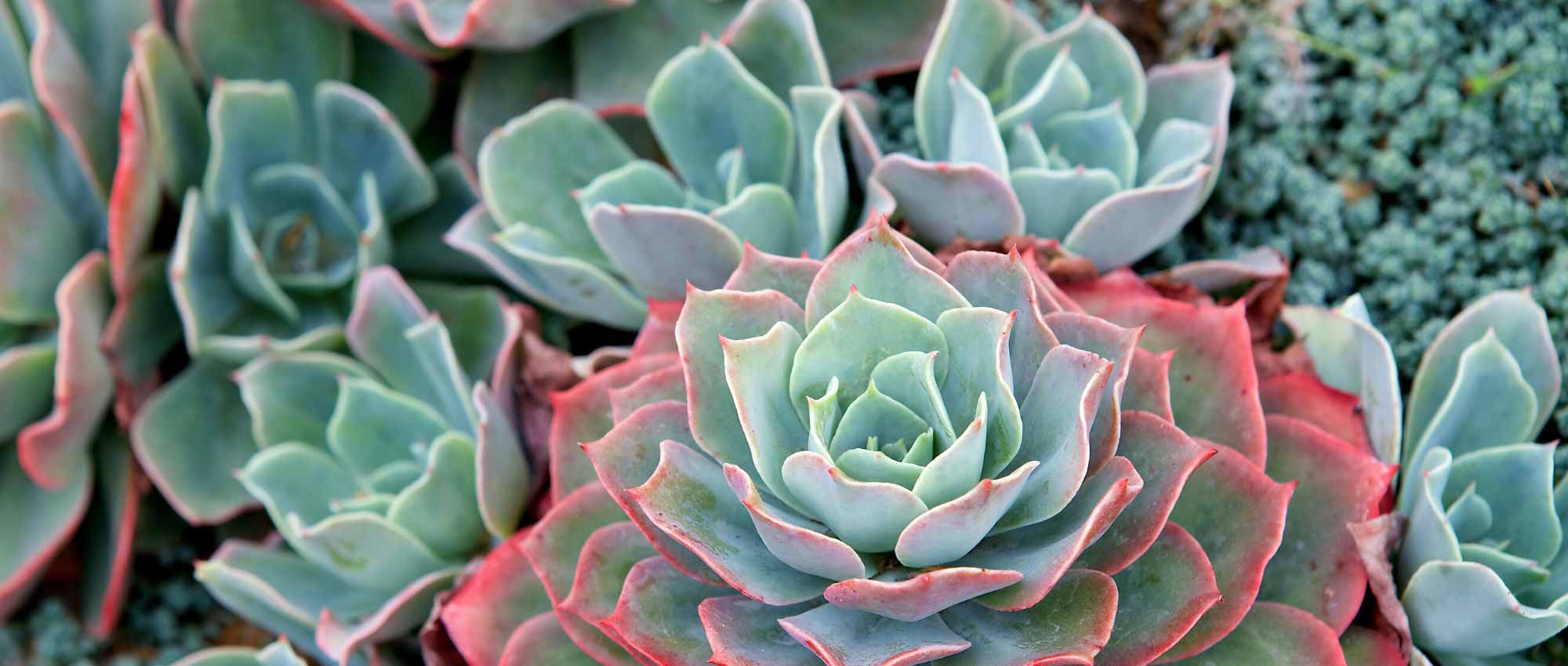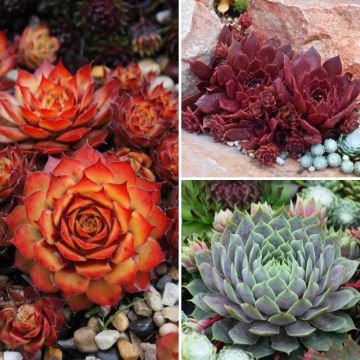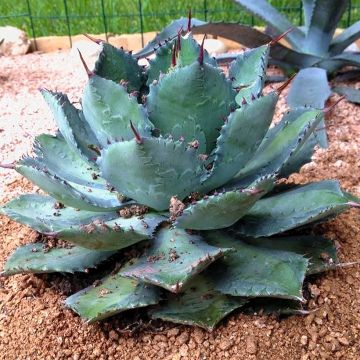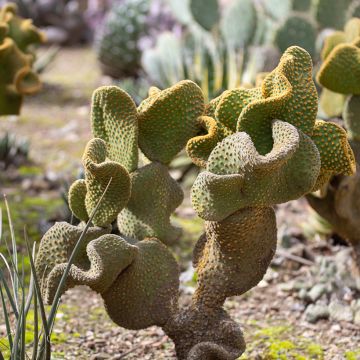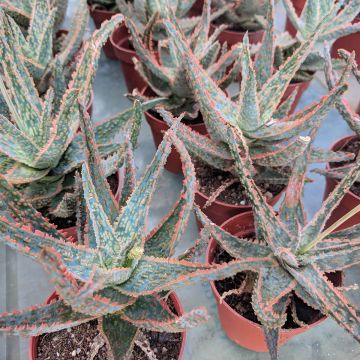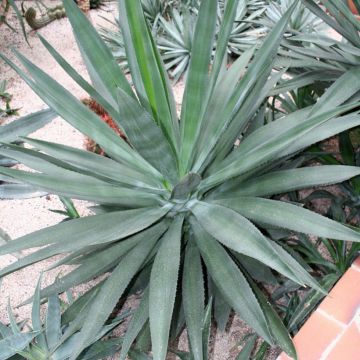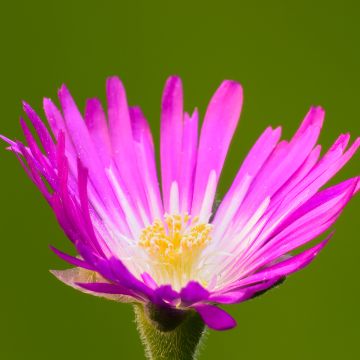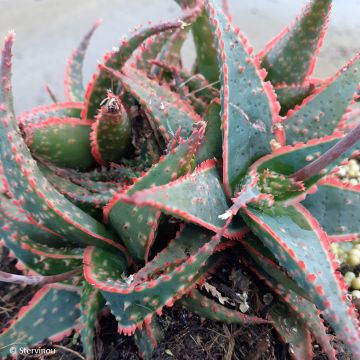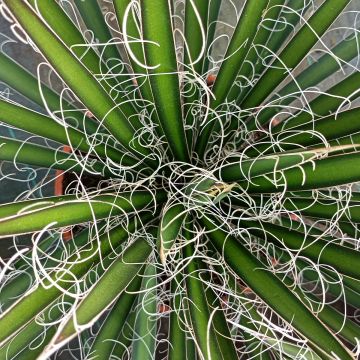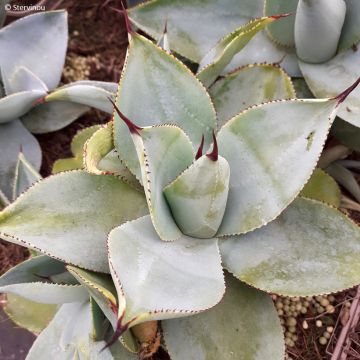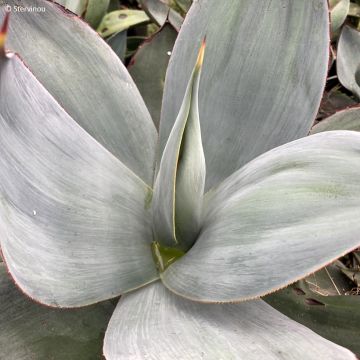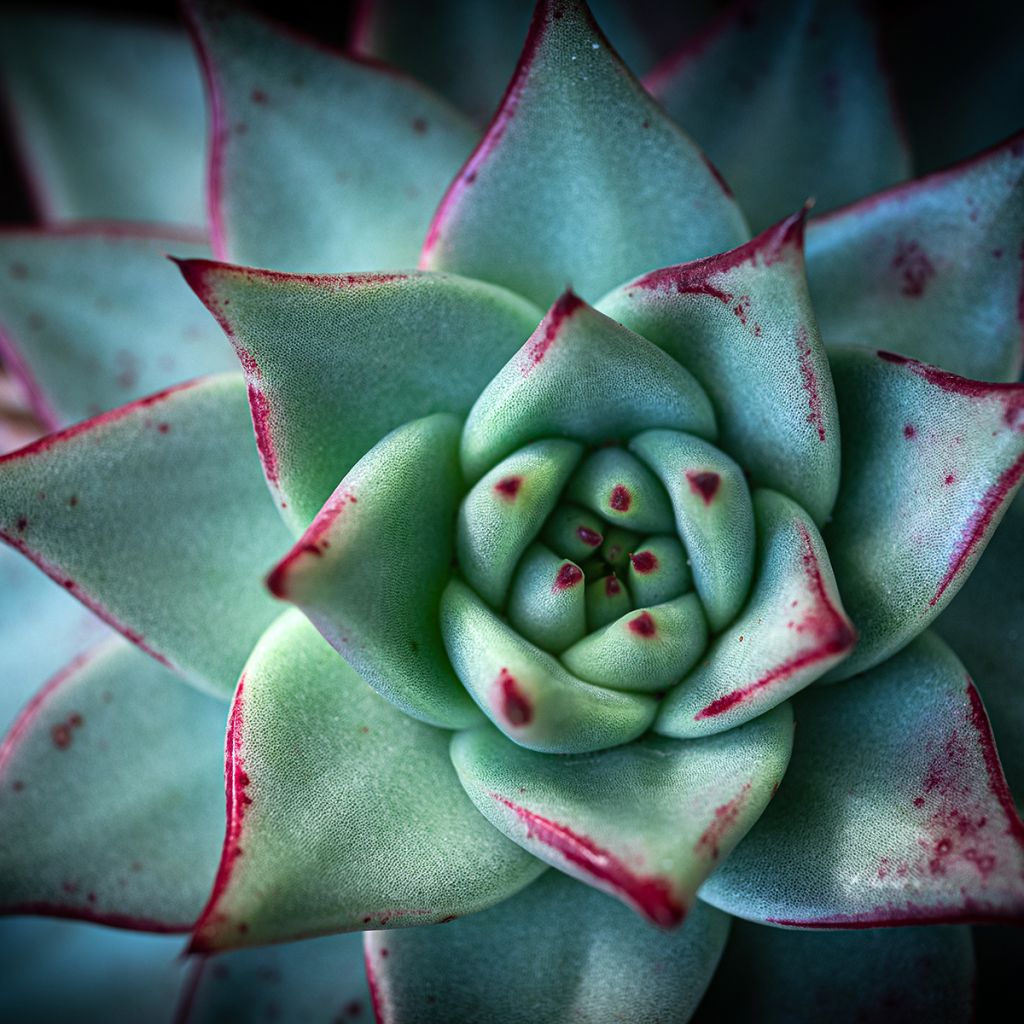

Echeveria agavoides Ebony
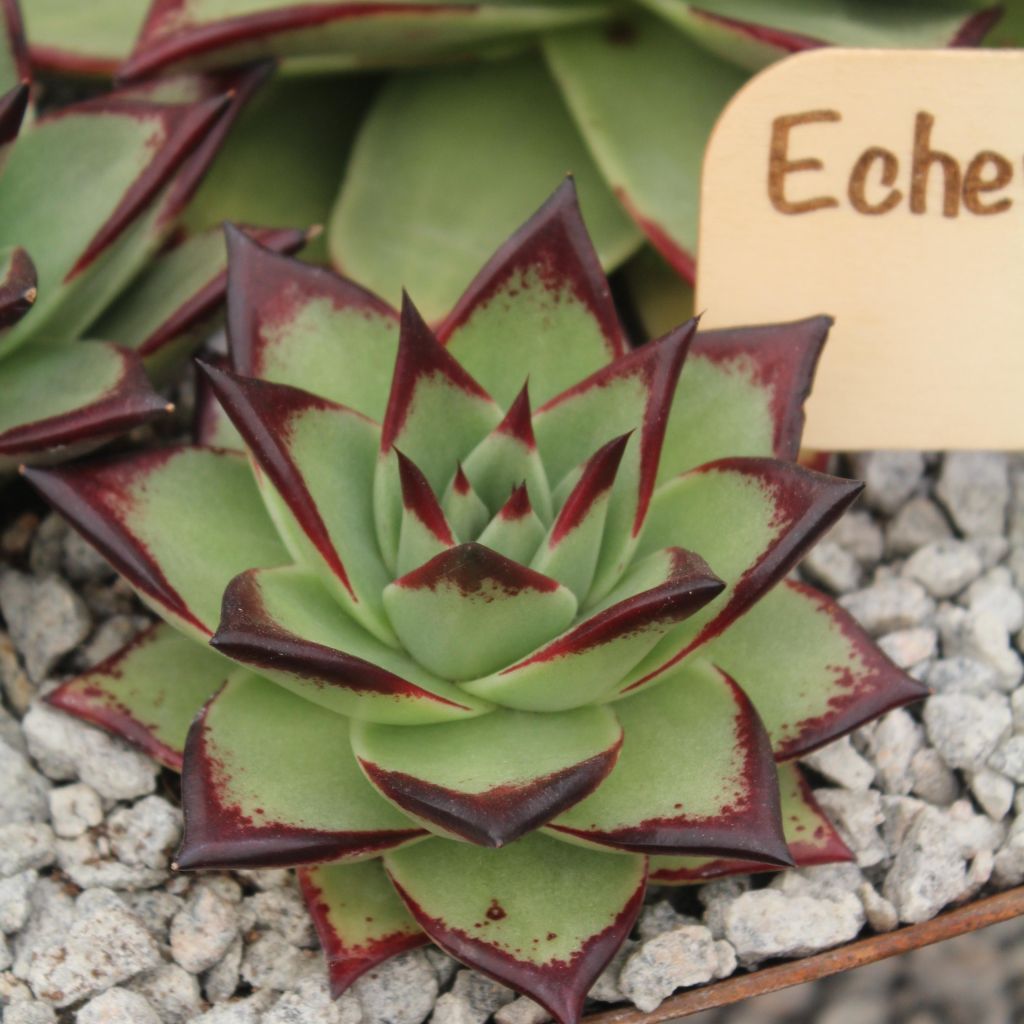

Echeveria agavoides Ebony
Echeveria agavoides Ebony
Echeveria agavoides Ebony
Painted Lady
Special offer!
Receive a €20 voucher for any order over €90 (excluding delivery costs, credit notes, and plastic-free options)!
1- Add your favorite plants to your cart.
2- Once you have reached €90, confirm your order (you can even choose the delivery date!).
3- As soon as your order is shipped, you will receive an email containing your voucher code, valid for 3 months (90 days).
Your voucher is unique and can only be used once, for any order with a minimum value of €20, excluding delivery costs.
Can be combined with other current offers, non-divisible and non-refundable.
Why not try an alternative variety in stock?
View all →This plant carries a 30 days recovery warranty
More information
We guarantee the quality of our plants for a full growing cycle, and will replace at our expense any plant that fails to recover under normal climatic and planting conditions.
Description
Echeveria agavoides 'Ebony' is a small succulent plant with a rosette or several very compact rosettes of fleshy green-grey leaves with dark red tips and margins that become chocolate or even dark purple, almost black. It offers an even more contrasting coloration if it benefits from strong sun exposure. This perennial has rapid growth and compact dimensions that are perfect for ornamenting small dry and sunny rockeries or terrace pots. In spring or summer, it bears erect and arched clusters of small reddish-pink bell-shaped flowers, margined with bright yellow. Not very hardy and resistant to drought, grow it in rockeries in the Mediterranean or in pots in the sun or in bright semi-shade in well-drained, sandy to rocky, dry but not too wet soil.
Echeveria agavoides is a succulent perennial that belongs to the family of Crassulaceae, celebrated for its very graphic rosettes of leaves, equipped with small spines in the manner of Agaves. Native to dry and rocky areas in central Mexico, it is a species that especially fears excess water, requiring well-drained soil with a mineral tendency and a sunny exposure. Very resistant to drought, it thrives better with some watering in summer. The plant tolerates little frost (up to -2°C (28.4°F)) and is mainly grown in pots that are stored indoors, protected from frost, from late autumn. Some privileged areas in the Mediterranean region can still accommodate this plant in dry rockeries and slopes.
Echeveria agavoides 'Ebony' is a horticultural variety that stands out for its ornamental colouration, green-grey with reddish tips and margins turning to chocolate and then dark purple. It is a succulent perennial plant with a slightly spreading habit, with a solitary rosette or several dense rosettes forming a small tuft. With rapid growth, it reaches only 15cm (6in) in height and a maximum spread of 30cm (12in). The leaves are fleshy, triangular, thicker and sharper than in other Echeveria. The spiny tips have a more intense, almost black colour. Flowering occurs in spring or summer depending on the cultivation conditions. It takes the form of bright bell-shaped flowers, reddish-pink with a golden yellow edge, grouped along non-fragrant peduncles in clusters.
Plant Echeveria agavoides 'Ebony' in a rockery, on a well-drained slope, or at the edge of a flowerbed if your garden is located by the sea, where frost does not exceed -2°C (28.4°F), in the company of Cape Aster Felicia amelloides, Delospermas, and purslanes that appreciate the same environments. Elsewhere, you can plant it in a nice pot or container, alone or in combination with other succulent plants like Sempervivums, for example.
Echeveria agavoides Ebony in pictures
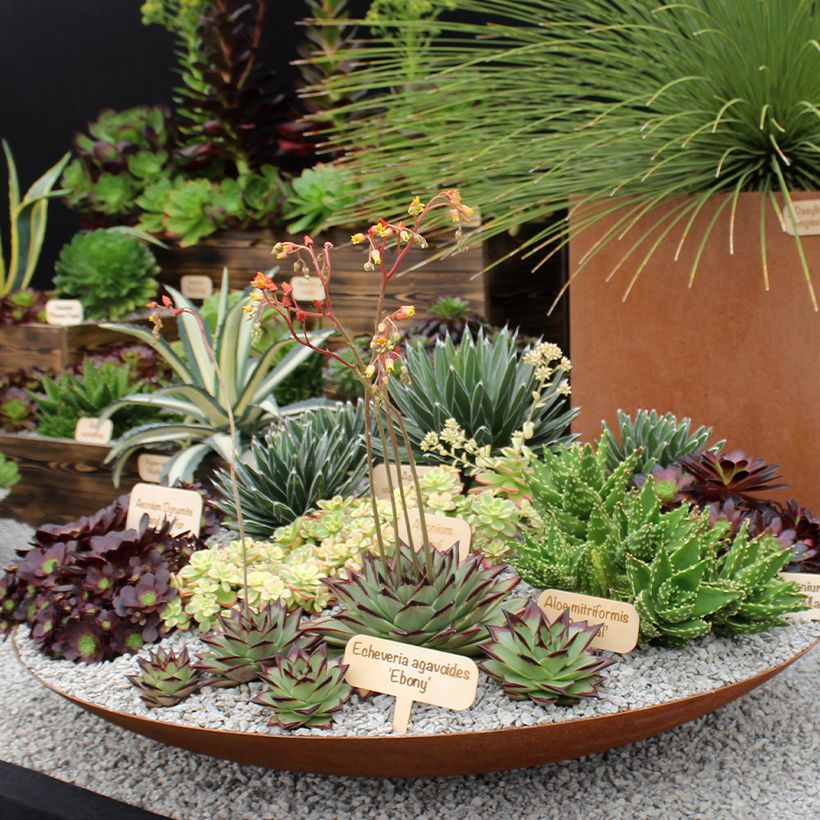

Foliage
Plant habit
Flowering
Botanical data
Echeveria
agavoides
Ebony
Crassulaceae
Painted Lady
Cultivar or hybrid
Other Echeveria
View all →Location
Location
Maintenance and care
Watering tips
Potting advice, substrates and fertilisers
Houseplant care
Disease and pest advice
Maintenance and care
Planting & care advice
This item has not been reviewed yet - be the first to leave a review about it.
Similar products
Haven't found what you were looking for?
Hardiness is the lowest winter temperature a plant can endure without suffering serious damage or even dying. However, hardiness is affected by location (a sheltered area, such as a patio), protection (winter cover) and soil type (hardiness is improved by well-drained soil).

Photo Sharing Terms & Conditions
In order to encourage gardeners to interact and share their experiences, Promesse de fleurs offers various media enabling content to be uploaded onto its Site - in particular via the ‘Photo sharing’ module.
The User agrees to refrain from:
- Posting any content that is illegal, prejudicial, insulting, racist, inciteful to hatred, revisionist, contrary to public decency, that infringes on privacy or on the privacy rights of third parties, in particular the publicity rights of persons and goods, intellectual property rights, or the right to privacy.
- Submitting content on behalf of a third party;
- Impersonate the identity of a third party and/or publish any personal information about a third party;
In general, the User undertakes to refrain from any unethical behaviour.
All Content (in particular text, comments, files, images, photos, videos, creative works, etc.), which may be subject to property or intellectual property rights, image or other private rights, shall remain the property of the User, subject to the limited rights granted by the terms of the licence granted by Promesse de fleurs as stated below. Users are at liberty to publish or not to publish such Content on the Site, notably via the ‘Photo Sharing’ facility, and accept that this Content shall be made public and freely accessible, notably on the Internet.
Users further acknowledge, undertake to have ,and guarantee that they hold all necessary rights and permissions to publish such material on the Site, in particular with regard to the legislation in force pertaining to any privacy, property, intellectual property, image, or contractual rights, or rights of any other nature. By publishing such Content on the Site, Users acknowledge accepting full liability as publishers of the Content within the meaning of the law, and grant Promesse de fleurs, free of charge, an inclusive, worldwide licence for the said Content for the entire duration of its publication, including all reproduction, representation, up/downloading, displaying, performing, transmission, and storage rights.
Users also grant permission for their name to be linked to the Content and accept that this link may not always be made available.
By engaging in posting material, Users consent to their Content becoming automatically accessible on the Internet, in particular on other sites and/or blogs and/or web pages of the Promesse de fleurs site, including in particular social pages and the Promesse de fleurs catalogue.
Users may secure the removal of entrusted content free of charge by issuing a simple request via our contact form.
The flowering period indicated on our website applies to countries and regions located in USDA zone 8 (France, the United Kingdom, Ireland, the Netherlands, etc.)
It will vary according to where you live:
- In zones 9 to 10 (Italy, Spain, Greece, etc.), flowering will occur about 2 to 4 weeks earlier.
- In zones 6 to 7 (Germany, Poland, Slovenia, and lower mountainous regions), flowering will be delayed by 2 to 3 weeks.
- In zone 5 (Central Europe, Scandinavia), blooming will be delayed by 3 to 5 weeks.
In temperate climates, pruning of spring-flowering shrubs (forsythia, spireas, etc.) should be done just after flowering.
Pruning of summer-flowering shrubs (Indian Lilac, Perovskia, etc.) can be done in winter or spring.
In cold regions as well as with frost-sensitive plants, avoid pruning too early when severe frosts may still occur.
The planting period indicated on our website applies to countries and regions located in USDA zone 8 (France, United Kingdom, Ireland, Netherlands).
It will vary according to where you live:
- In Mediterranean zones (Marseille, Madrid, Milan, etc.), autumn and winter are the best planting periods.
- In continental zones (Strasbourg, Munich, Vienna, etc.), delay planting by 2 to 3 weeks in spring and bring it forward by 2 to 4 weeks in autumn.
- In mountainous regions (the Alps, Pyrenees, Carpathians, etc.), it is best to plant in late spring (May-June) or late summer (August-September).
The harvesting period indicated on our website applies to countries and regions in USDA zone 8 (France, England, Ireland, the Netherlands).
In colder areas (Scandinavia, Poland, Austria...) fruit and vegetable harvests are likely to be delayed by 3-4 weeks.
In warmer areas (Italy, Spain, Greece, etc.), harvesting will probably take place earlier, depending on weather conditions.
The sowing periods indicated on our website apply to countries and regions within USDA Zone 8 (France, UK, Ireland, Netherlands).
In colder areas (Scandinavia, Poland, Austria...), delay any outdoor sowing by 3-4 weeks, or sow under glass.
In warmer climes (Italy, Spain, Greece, etc.), bring outdoor sowing forward by a few weeks.






























